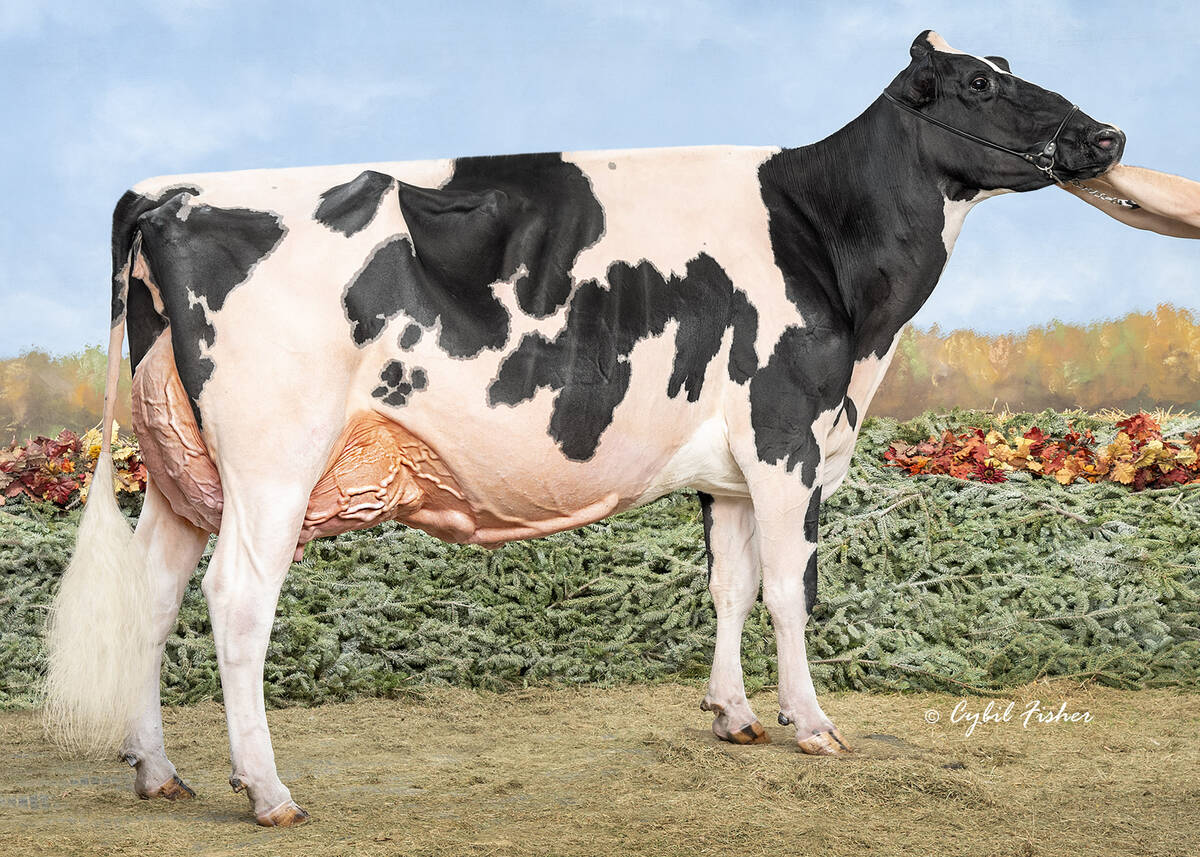DES MOINES, Iowa — Sky-high beef prices haven’t been enough to create a bigger cow herd.
A leading American economist says that means more record-high beef prices and perhaps a fundamental change in beef demand.
“I think beef could cease to be a habit for anyone below the middle class,” Steve Meyer of Paragon Economics told a meat market outlook held during the World Pork Expo in Des Moine June 5-7.
“This is a legitimate question for the industry long term.”
He said beef production is expected to decline this year and next, despite beef carcass prices hitting $210 per hundredweight this spring.
Read Also

Saskatchewan dairy farm breeds international champion
A Saskatchewan bred cow made history at the 2025 World Dairy Expo in Madison, Wisconsin, when she was named grand champion in the five-year-old Holstein class.
Drought in Texas and Oklahoma in August 2011caused a mass liquidation of cows, and that loss of breeding animals continued last year when the drought moved north and east.
Cow-calf producers held back heifers in January 2012 in an attempt to capture expected high prices caused by the 2011 herd reductions. However, as the 2012 drought bit in, many sold them as they ran out of feed.
Meyer said the same thing happened this January, with farmers holding back heifers to rebuild their herds. However, April statistics suggest a lot of those heifers were sold because many heavy cattle were placed on feed.
The herd reductions were mitigated last year by much bigger carcass weights produced by feedlots using growth promotants, with average weights increasing 20 pounds per animal. However, that kind of gain can’t be expected again.
“I think we’re going to be locked in close to the same weights we had last year on lower numbers, so beef production is actually going to go down this year more than it did last year,” said Meyer.
Per capita beef consumption will probably drop three percent this year, with a five percent drop likely next year. High beef prices are the culprit.
“The reason they’re eating less is we’re bringing them less to eat and we can’t afford to bring them more product at the prices we used to because costs are high.”
However, that creates a problem for long-term demand because poor families and cost-conscious consumers might leave for good.
Meyer said the reality of high beef prices hit home for him when he made a pot of beef chili for a church men’s group cook-off. He made a moderate-sized pot of chili and realized he’d just used $23 of ground beef.
“There are a lot of families that can’t afford to put $23 of ground beef in one pot. They really can’t.”















